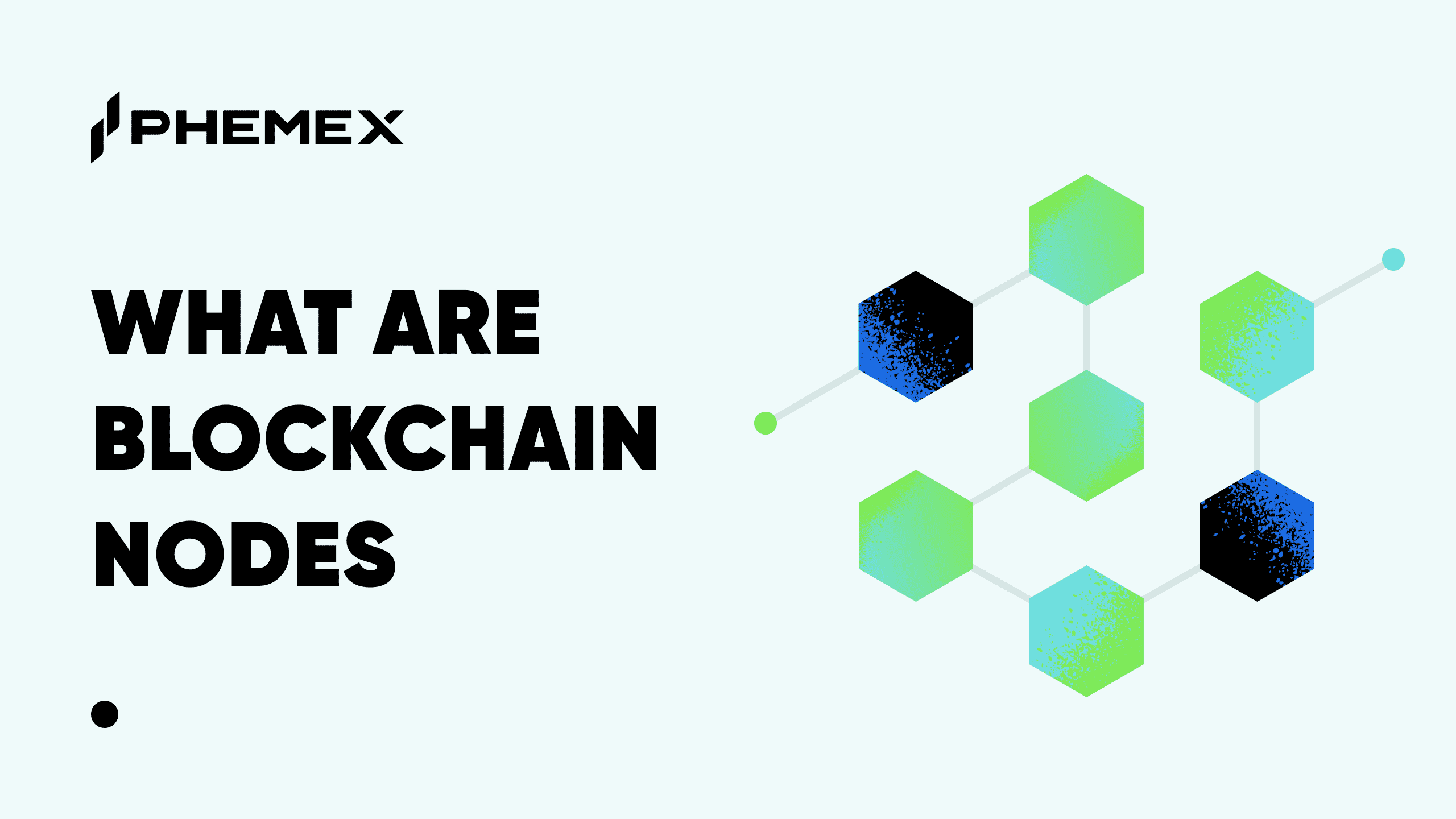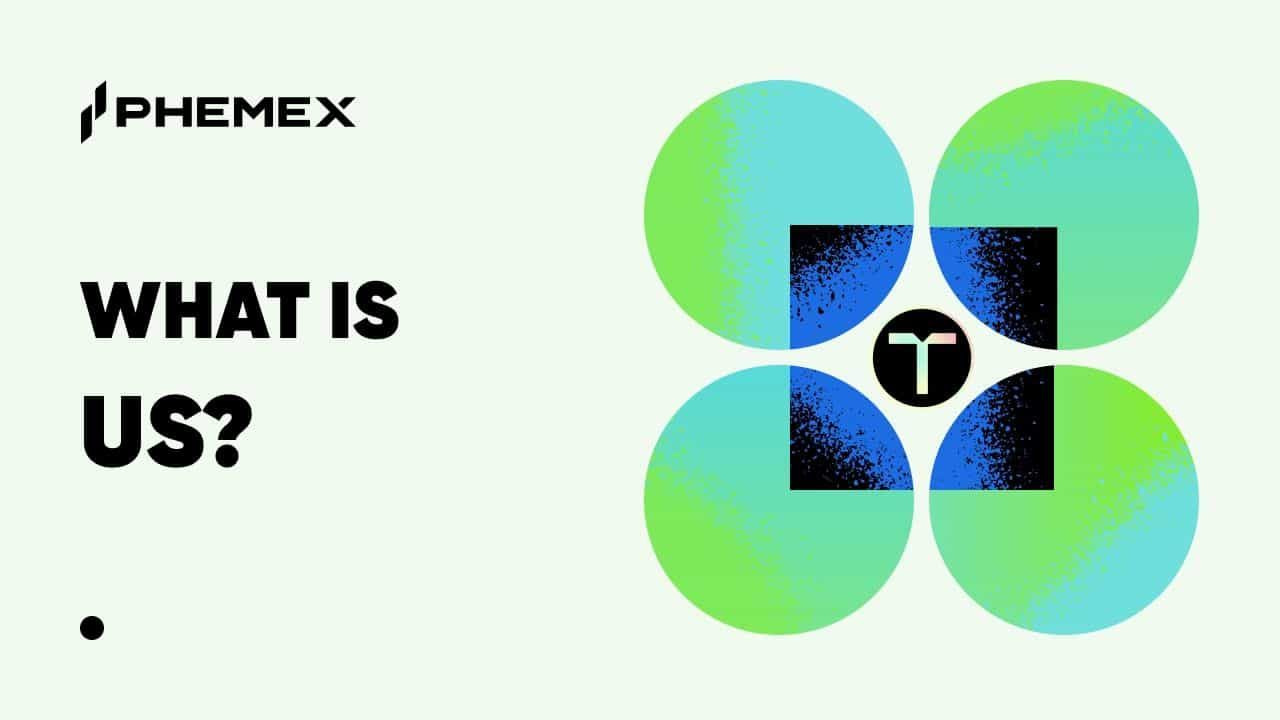Blockchain is an optimal environment for storing data in a permanent and immutable way, making it great for verifying the origin and ownership history of any item. This has opened up opportunities for a number of blockchain-based provenance solutions. These solutions help you trace item ownership, reducing the risk of intellectual property theft and forgery.

What Is Provenance in Blockchain?
Blockchain provenance refers to processes used for verification, storing, tracing, and auditing ownership data of any kind, be it artwork, supply chain information, or financial assets.
Outside of the blockchain world, the term provenance is often associated with artwork ownership and history verification. That is why, even in the blockchain environment, it is frequently thought of with regard to artwork. However, verification of artwork ownership is only one area of blockchain provenance applications.
Blockchain technology, thanks to its properties of immutability, security, and transparency, lends itself well to the provenance of a wide variety of ownership data. In addition to artwork, blockchain-based platforms are used these days to verify the authenticity of supply chain data, precious stones and jewelry, land, and items of luxury, among others.
What Are the Areas Using Blockchain for Provenance?
The most common areas of application for blockchain provenance include:
- Art, including both digital and physical pieces of artwork
- Luxury goods, such as jewelry, precious metals and stones, wine collections, as well as limited collection apparel and other luxury items
- Land ownership
- Supply chain information

Blockchain Art Provenance
Art is the most obvious field for blockchain provenance application. NFTs created on blockchain platforms are commonly used by artists to secure ownership of their work and monetize their talents. The NFT platforms are one of the leading growth areas in the world of cryptocurrency.
Since blockchain records all data and transfer operations permanently, blockchain art provenance is as easy as retrieving and analyzing all the transfers and addresses involving the NFT in question.
In most cases, you do not even need to have a wallet or address on the blockchain to review transactions related to that NFT. Most popular blockchains offer web-based explorers to check all the key data on them. For Ethereum (ETH), where most NFTs are held, EtherScan is the most popular explorer tool.
Blockchain technology and the NFT concept have made art provenance vastly easier compared to the traditional old way of doing it. Without blockchain, art provenance is often a time-consuming, research-intensive undertaking, where you might need to dig into online databases, spend time in the local library, and collect a lot of unstructured data from many disparate sources.
The Codex Protocol is an example of blockchain-based art provenance in action. Codex is based on the Ethereum blockchain and lets users conduct provenance research on any item they find online or would like to trade.
You can also register an account on the platform to protect your own artwork. When first creating an account, you will need to enter your item’s detailed information that will be verified against the platform’s extensive database.

Codex may be used for both digital and physical assets, but is more focused on the physical art world.
Blockchain Luxury Goods Provenance
Luxury goods includes a wide array of products that are not necessary for people to live but have the properties of desirability, social status, or prestige in society. These products may include rare or expensive jewelry, precious metals and stones, wines, automobiles, watches, designer clothing and accessories, and many more.
Authentic origin is extremely important for consumers of luxury goods, typically wealthy and very wealthy individuals. The industry is also known for its rampant counterfeit goods problem. Blockchain-based provenance can help easily verify the originality and ownership history of luxury goods. This is particularly relevant for items produced as a single copy or limited collection, which may luxury goods are.
One example of the blockchain use for luxury goods is The TATTOO Wine, an Ethereum-based platform that helps you quickly check the origin and history of exclusive wine bottles and collections.
Using a quick QR code scan on the bottle, you can verify the authenticity of the wine bottle you are about to buy as well as view its complete ownership history.
Another luxury good-oriented provenance platform is Provenance Proof. It is based on its own blockchain network and lets users verify the origin and complete history of colored gemstones.
The platform was launched two years ago but is already used by hundreds of jewelry industry participants, such as miners, traders, retailers, and gem labs.
Blockchain Land Ownership Provenance
Land ownership records in many countries are notoriously unreliable and prone to fabrications or disputes. Blockchain can be a great platform to hold these records to avoid such problems.
Some governments are already commissioning projects or proof-of-concepts (PoCs) for blockchain-based land registry. For example, the Swedish government has been researching and testing a blockchain-based land registry system over the last few years.
This has been a multi-year project conducted by the government in partnership with blockchain development company ChromaWay. By early 2021, the PoC and thorough testing have been completed, and the project’s progress is currently linked to the passage of laws allowing the blockchain-based management for the country’s land records. If fully implemented, the new system is expected to significantly improve the land provenance process in Sweden.
Blockchain Supply Chain Provenance
Provenance in supply chains is another area where blockchain technology is helping create more effective solutions. Many modern supply chains are extremely complex, with numerous participants along the chain and a need to verify and trace inventory origin and ownership changes.
The financial industry giant MasterCard Inc has introduced its supply chain provenance platform, aptly named The MasterCard Provenance Solution. The platform allows enterprises to easily track inventory journeys along the entire chain, from the origin to the final destination.
Mastercard’s payment solutions underpin the platform for easy payment processing and settlement between various parties in the supply chain.
Another supply chain-focused provenance solution is Everledger. The platform allows enterprises to integrate entire apps and websites into the system to optimize the provenance process.
Everledger provides a suite of industry-tailored blockchain provenance solutions. There is a wide variety of industries covered, including apparel, art, jewelry, insurance, critical minerals, and even electric vehicle batteries.
What Are the Challenges of Using Blockchain for Provenance?
Despite the massive potential of blockchain technology for provenance, there are a number of challenges in applying it. The main challenges include:
- Lack of clarify on the provenance jurisdiction: Provenance processes depend heavily on the laws of the country they are applied in. What is a copyright infringement in one jurisdiction may not be considered such in another. Given the distributed nature of blockchain storage, determining the applicable jurisdiction may turn out to be hard, at least in cases involving disputes between parties.
- The right of the item owner to delete their artwork or product: Privacy laws in most countries give artists and other product owners quite a logical right to delete their assets completely from any online, computerized, or even physical storage. This may be likened to the “right to be forgotten” laws, only in this instance, it is applied to a piece of artwork or product, not an individual.
This right to delete may be challenging to implement in the blockchain environment given the permanency and immutability of blockchain records. For example, on many NFT marketplaces, you cannot simply remove/delete your token. Instead, it is typically sent to a special “burnt items” blockchain address, a kind of a garbage bin on the network. - Privacy issues when using public blockchains: In the world of luxury and exclusive products, keeping your data private is often desired by product owners. An owner of an expensive piece of art may not want others to know what other assets they possess or have purchased.
However, public blockchains have a completely open view of all network data, making such privacy preferences impossible. Although personal data is not stored on blockchain, transaction activity of any address is out there for any person to peek at. - Collating the old ownership data: While blockchain is great for recording modern-day transactions related to an item, collating and inputting the older history of it may be a challenge. In the pre-blockchain times, provenance was hard to carry out and often produced unreliable data. Is this old data, with often questionable validity, a good candidate for storage on blockchain? It is hard to give a definite answer to this question.

Conclusion
Blockchain provenance solutions span a wide array of areas, with the most common and promising applications in the fields of art, luxury goods, land ownership, and supply chain.
While blockchain is well-suited to provenance solutions, the actual implementation may pose some challenges. These relate to a potential lack of clarity on applicable jurisdiction, the right to delete any item completely, privacy issues, and the difficulty of collating the old ownership data.
As the area of provenance in blockchain is still developing, it remains to be seen how the technology will be used to address these challenges.
Read More
- What is Blockchain Technology: The Biggest Misconception About It
- Blockchain Supply Chain Solutions: How to Implement Blockchain in Supply Chain?
- Careers in Blockchain: Techies, Lawyers, Crime Hunters, and Beyond
- What are Blockchain Applications and Use Cases?
- Blockchain in Trade Finance: Opportunities, Uses, and Obstacles
- Blockchain Charity: A New Frontier in Philanthropy
- What are Public, Private, and Permissioned Blockchains
- What is Blockchain Governance: Setting Platform Rules









